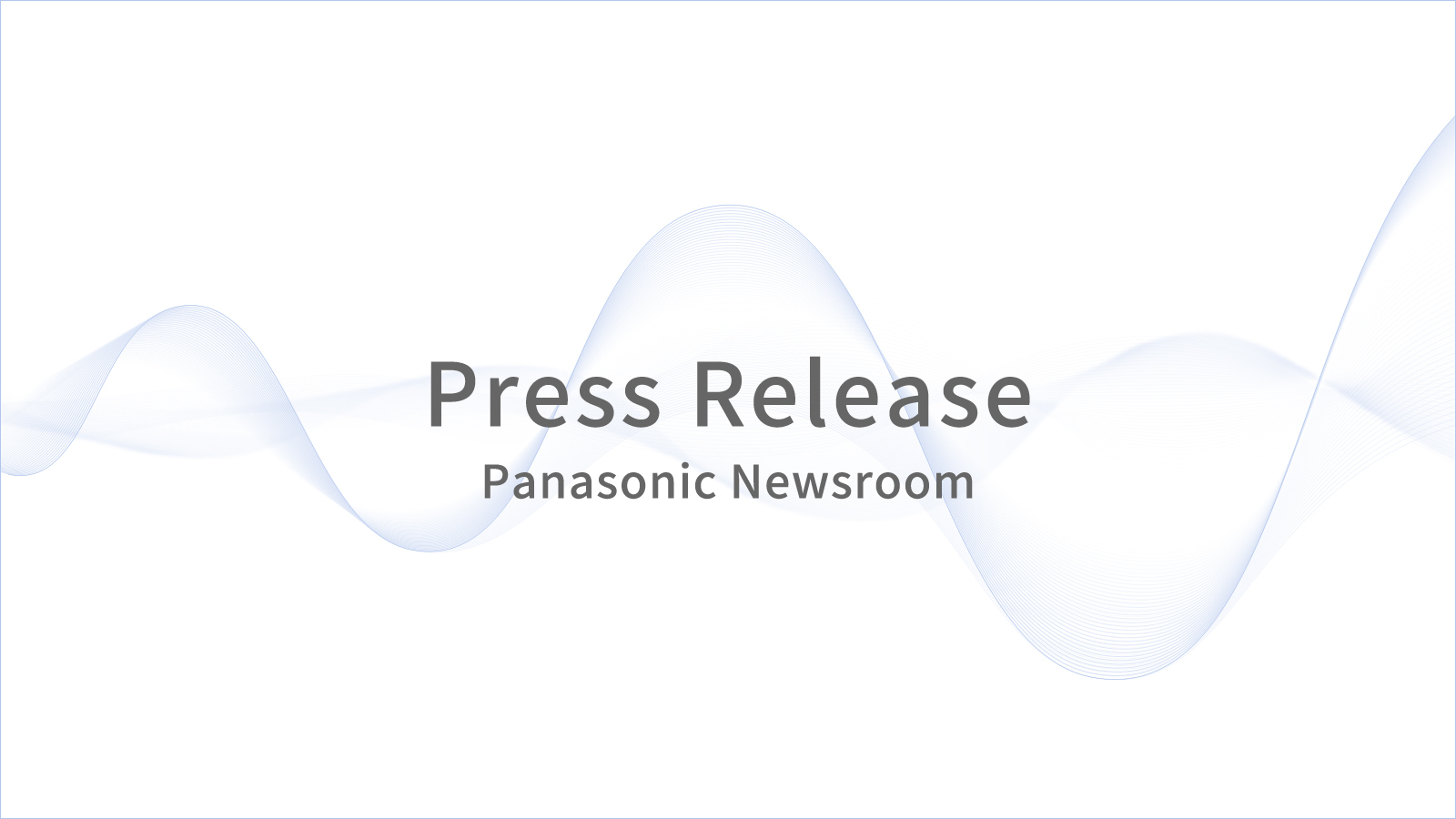
Jan 09, 2024
- Products & Solutions
- Press Release
- CES
- Home & Personal Solution
- Operating company
Aug 24, 2011
Products & Solutions / Blog Posts
Panasonic announced its sponsorship of the Tokai University's solar car team, the defending champion for the World Solar Challenge (WSC) in Australia in 2009, one of the largest solar-powered car races in the world which is held bi-yearly. Under the sponsorship agreement, Panasonic will supply the Japanese university team with its HIT®*1 solar cells boasting the world's highest level*2 of energy conversion rate, as well as its high-capacity lithium-ion batteries.
What is World Solar Challenge (WSC)?
http://www.worldsolarchallenge.org/
The solar car race, first held in 1987, sees many teams from universities, corporations and other groups around the world competing to race 3,021 km through central Australia from Darwin in the north to Adelaide in the south. The Tokai University team, who won the last race held in 2009 with its solar car using Panasonic lithium-ion battery cells to store its solar generated power, will look for its second straight win at 2011 WSC, which will be held from October 16 to 23.
[Video] Introduction to the World Solar Challenge
(COPYRIGHT WORLD SOLAR CHALLENGE 2011)
Panasonic HIT solar cells are hybrids of single crystalline silicon surrounded by ultra-thin amorphous silicon layers. With high conversion efficiency, excellent temperature performance and high energy output per unit area, the cells are ideal for obtaining maximum power within a limited space, such as the rooftops of private homes.And this time the HIT cells are perfect for solar cars competing in the WSC because the WSC regulations limit the total area of solar cells installed on the body and the higher efficiency the solar cells are, the better the car can perform.
The batteries Panasonic will be providing are cylindrical 18650-type (18 mm diameter, 65 mm length) high-capacity lithium-ion battery cells having the company's proprietary nickel-based positive electrode. They will be mounted in arrays within a storage battery module. Featuring the industry's highest level of energy density, the battery cell is light, high capacity and long-lasting and enables making battery module lighter. As the WSC also limits the weight of the rechargeable battery module mounted on the solar car, the high capacity and lightweight Panasonic battery cells are favored by many contenders. This year, Panasonic will provide the high-capacity lithium-ion battery cells to five other solar car teams including Delft University of Technology and University of Twente from the Netherlands, Stanford University and University of California from the U.S.A., and Nanyang Technological University from Singapore.
The content in this website is accurate at the time of publication but may be subject to change without notice.
Please note therefore that these documents may not always contain the most up-to-date information.
Please note that German, French and Chinese versions are machine translations, so the quality and accuracy may vary.